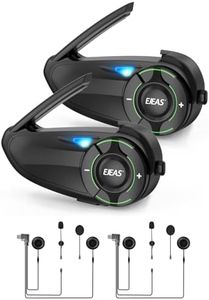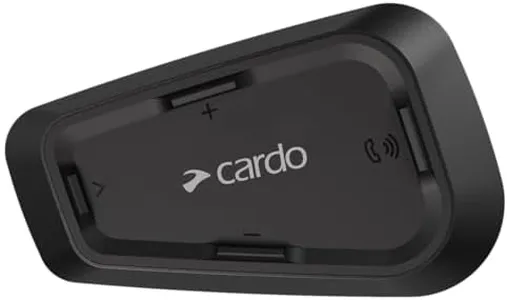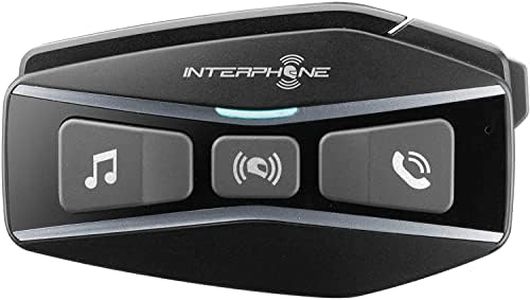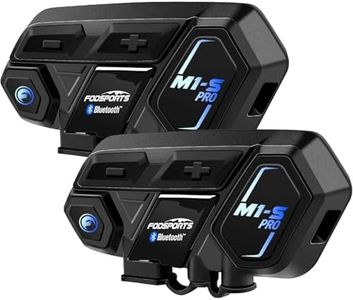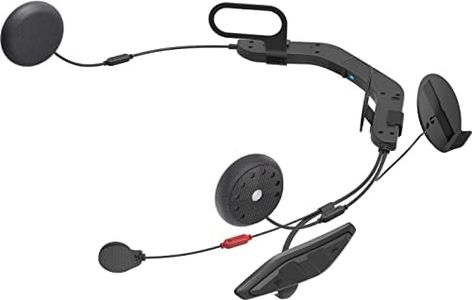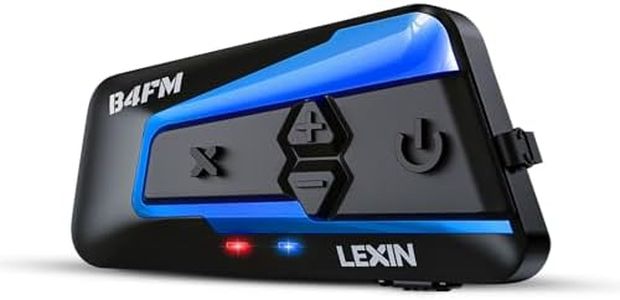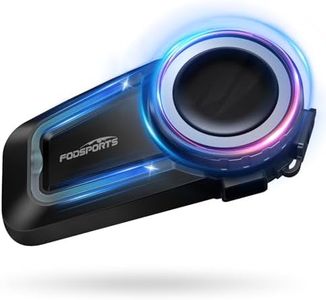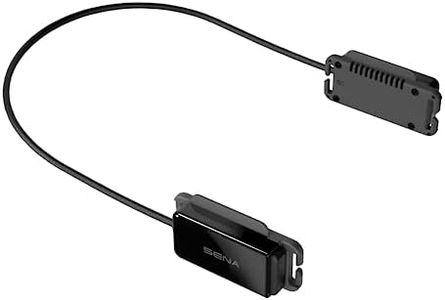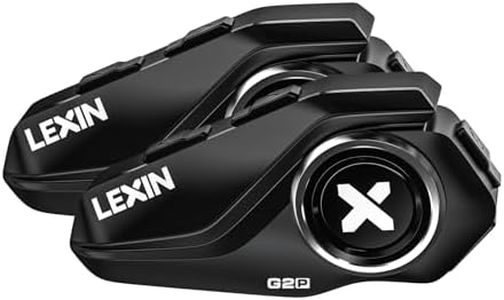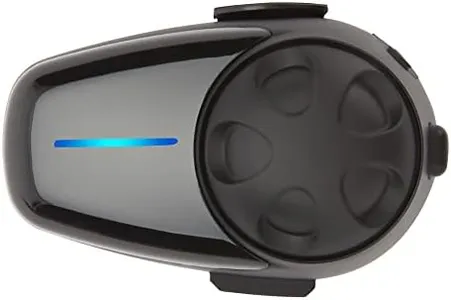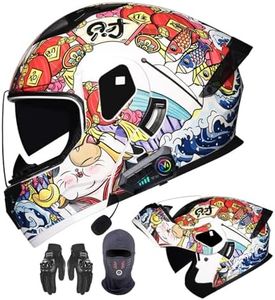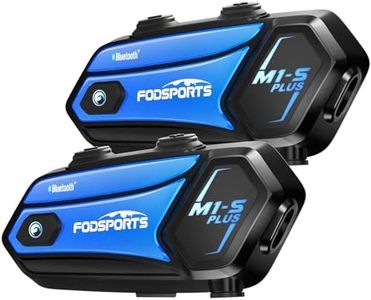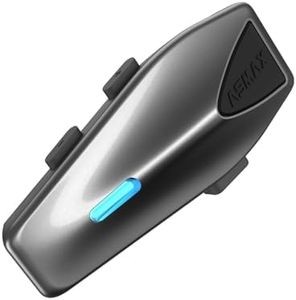We Use CookiesWe use cookies to enhance the security, performance,
functionality and for analytical and promotional activities. By continuing to browse this site you
are agreeing to our privacy policy
10 Best Bluetooth Helmet Kit
From leading brands and best sellers available on the web.Buying Guide for the Best Bluetooth Helmet Kit
Choosing a Bluetooth helmet kit can greatly enhance your riding experience by letting you communicate hands-free, listen to music, and get GPS navigation without taking your focus off the road. To find the best kit for you, it's important to think about how and where you’ll use it—whether for long-distance touring, daily commuting, or group rides. Consider the types of features that matter most to your riding habits, like battery life for long trips or water resistance for rainy weather.Battery LifeBattery life refers to how long the device can operate before needing a recharge. This is crucial because a dead battery means you lose all Bluetooth features, which can be frustrating during long rides. Battery life is usually specified in hours for talk time and standby. Short battery life (under 8 hours) is best suited for short rides, while medium (8–15 hours) supports most day trips. Longer battery life (over 15 hours) is important for touring or frequent riders. If you ride mainly in the city, you may not need extended battery life, but touring riders should prioritize this feature.
Sound QualitySound quality determines how clearly you can hear calls or music over road noise. This depends on speaker type, output power, and noise-canceling capabilities. Standard kits offer basic audio suitable for quiet bikes and city speeds. Upgraded systems may provide more powerful speakers and noise cancelation, ideal for highway speeds or loud helmets. If you mostly ride at lower speeds or in quiet environments, basic audio is fine. For high-speed rides, or if you value clear music and calls, look for models with enhanced audio and noise reduction.
Intercom RangeThe intercom range tells you how far apart you and another rider can be while still communicating. Basic kits cover a few hundred meters, suitable for riding close together. More advanced ones can handle distances of 500 meters to over 1 kilometer, which is better for larger groups or riders who may become more spaced out. Choose a range that matches the number of people and style of your group rides—short range for tight groups, long range for more freedom between riders.
Number of ConnectionsThis feature shows how many people you can connect with at once through the intercom. Some kits only allow two riders to talk at a time, while others support up to eight or more. For solo or two-up riding, a simple kit will do. For group rides with multiple people, consider a kit that supports connecting to several riders at once so everyone can stay in touch without constantly pairing and unpairing.
Water ResistanceWater resistance measures how well the kit can handle rain and splashes. Some kits can survive only light drizzle, while others are built to withstand heavy rain. If you’re a fair-weather rider, basic resistance is enough. Those who ride year-round or in unpredictable weather should look for higher water resistance to ensure the kit functions reliably in all conditions.
Ease of InstallationEase of installation refers to how simple it is to attach the kit to your helmet. Some kits use adhesive mounts and simple wiring that most people can handle in minutes, while others may require more effort, tools, or helmet modifications. If you like easy set-up or plan to move the kit between helmets, look for user-friendly systems. Permanent or complex installations may suit those who use a single helmet and want a seamless, built-in look.
Control MethodsControl methods include the ways you operate the system—via buttons, voice commands, or touch panels. Simple button controls are reliable but may be harder with gloves, while voice-activated controls or larger buttons make operation easier while riding. Choose controls that match your comfort level and whether you usually wear thick gloves, since usability while moving is key for safety.
